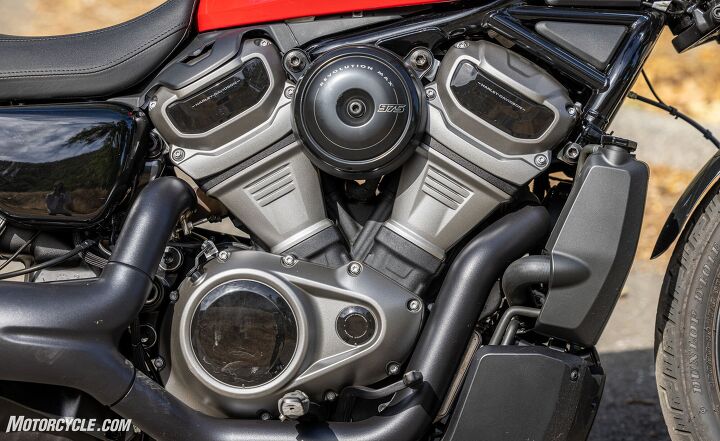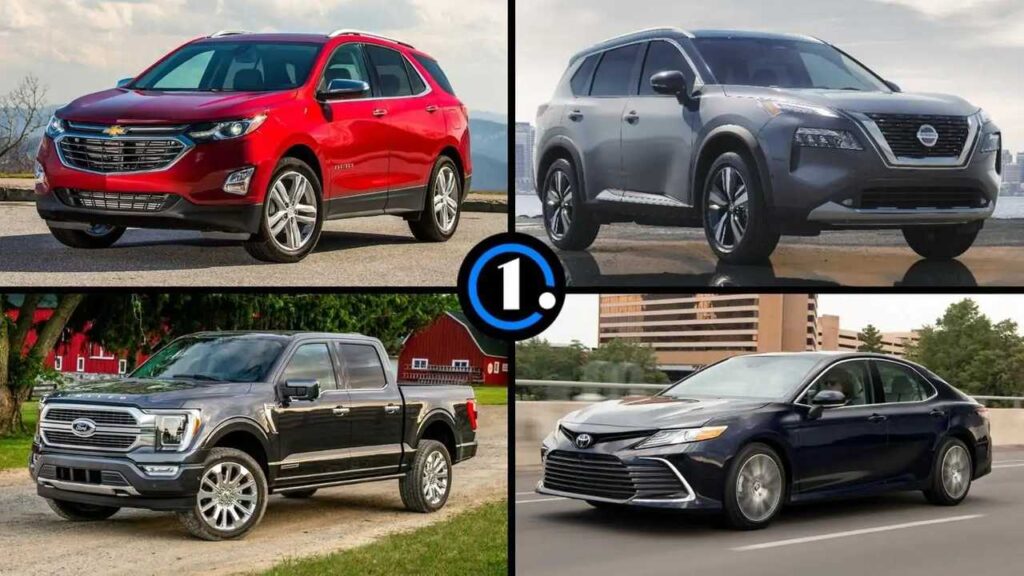All-Wheel Drive Vs. Four-Wheel Drive : Uncovering the Ultimate Power Dilemma
The main difference between all-wheel drive and four-wheel drive is that all-wheel drive operates automatically, while four-wheel drive must be manually engaged. All-wheel drive is a system that continuously sends power to all four wheels, providing better traction in various conditions. On the other hand, four-wheel drive is typically used in off-road vehicles and requires the driver to engage it when needed. Exploring the differences between all-wheel drive and four-wheel drive can help you make an informed decision when choosing a vehicle. Whether you’re facing slick roads or venturing off the beaten path, understanding these systems can impact your driving experience and ensure your safety. We will delve deeper into the distinctions between all-wheel drive and four-wheel drive, providing you with valuable insights to help you navigate your options confidently. So, let’s dive in and shed light on the key variances between these two technologies. Understanding All-wheel Drive (awd) And Four-wheel Drive (4wd) When it comes to tackling rough terrains or adverse weather conditions, having a vehicle equipped with All-Wheel Drive (AWD) or Four-Wheel Drive (4WD) can make all the difference. These drivetrain systems provide additional traction and control, ensuring a safer and more confident driving experience. However, understanding the difference between AWD and 4WD, as well as how they work and their benefits, is crucial in making an informed decision when purchasing a vehicle. Awd Vs. 4wd: What’s The Difference? To distinguish between AWD and 4WD, it’s essential to understand how power is distributed to the wheels. AWD systems continuously deliver power to all four wheels, automatically adjusting the amount of power sent to each wheel based on traction needs. On the other hand, 4WD systems typically operate on-demand, meaning they are engaged manually or automatically when additional traction is required. How Awd Works And Its Benefits AWD systems use various sensors to monitor wheel slip and vehicle dynamics, enabling them to distribute power effectively. These systems rely on a range of technologies, such as electronic differentials, to transfer torque between the front and rear wheels or individual wheels as needed. The benefits of AWD include: Improved traction and stability on slippery or uneven surfaces. Enhanced handling and maneuverability, especially in challenging driving conditions. Increased safety by reducing the risk of loss of control due to wheel slippage. Added versatility, allowing for confident off-road adventures or navigating snowy roads. How 4wd Works And Its Benefits 4WD systems, often found in trucks and off-road vehicles, provide drivers with the ability to manually engage all four wheels. When the system is activated, power is evenly distributed to each wheel. The benefits of 4WD include: Exceptional off-road capability, allowing drivers to conquer challenging terrain with ease. Increased towing and hauling capacity, as power is distributed to all four wheels, maximizing traction. Improved control and stability in low-grip situations, such as when driving through mud or climbing steep slopes. Peace of mind knowing that the vehicle is prepared for extreme driving conditions. Understanding the differences between AWD and 4WD is essential in choosing a drivetrain system that best suits your driving needs. Whether you opt for the continuous traction and versatility of AWD or the manual engagement and off-road prowess of 4WD, having the right drivetrain system in your vehicle can significantly enhance your driving experience and safety. Performance And Traction When it comes to selecting the right drivetrain for your vehicle, understanding the differences between All-Wheel Drive (AWD) and Four-Wheel Drive (4WD) is essential. These systems play a crucial role in enhancing performance and traction, ensuring a safe and smooth driving experience in various road conditions. Awd: Enhancing Stability And Handling AWD systems have gained popularity over the years due to their ability to enhance stability and handling on the road. These systems are designed to automatically distribute power to all four wheels, providing excellent traction and grip. Whether you’re navigating through slippery roads or driving on dry pavement, AWD ensures that the power is distributed to the wheels with the most grip, improving the vehicle’s stability and maneuverability. Pros of AWD Systems: Improved traction and handling in varying road conditions Enhanced stability during cornering and acceleration Automatic power distribution for optimal performance Minimizes wheel slippage and improves braking performance Cons of AWD Systems: Additional weight and complexity, resulting in slightly reduced fuel efficiency Costlier to purchase and maintain compared to two-wheel drive systems Not designed for extreme off-road conditions 4wd: Empowering Off-road Capabilities On the other hand, 4WD systems are renowned for their off-road capabilities. These systems are typically found in SUVs and trucks that require maximum traction and power in rugged terrains. 4WD systems allow drivers to manually engage or disengage the power to all four wheels, making them particularly useful for conquering challenging trails and steep inclines. Pros of 4WD Systems: Superior off-road performance, ideal for adventurous journeys Enhanced traction in extreme conditions, such as mud, snow, and sand Manually adjustable power distribution for maximum control Provides additional torque to tackle steep slopes and obstacles Cons of 4WD Systems: Increased weight and complexity, affecting fuel efficiency Requires driver intervention to engage or disengage the system Less suitable for regular on-road driving due to decreased maneuverability Higher initial costs and potential maintenance expenses Choosing The Right System When it comes to selecting the right drivetrain for your vehicle, there are two popular options to consider: All-Wheel Drive (AWD) and Four-Wheel Drive (4WD). These systems offer unique capabilities that suit different driving needs. Understanding the distinctions and benefits of each system is crucial in making an informed decision. This article will delve into the considerations and features to help you choose the right drivetrain for your needs. Considerations For Different Driving Needs Before deciding on a drivetrain, it is essential to consider your specific driving requirements. Different terrains and purposes demand different capabilities. Let’s explore the suitability of AWD and 4WD based on driving scenarios: Awd: Ideal For Daily Commuting And Light Off-roading AWD systems are suitable for those who primarily engage in daily commuting and occasional light off-roading. These
All-Wheel Drive Vs. Four-Wheel Drive : Uncovering the Ultimate Power Dilemma Read More »






